Intro
Discover common Labetalol side effects, including dizziness, fatigue, and nausea. Learn about rare but serious effects like liver damage and allergic reactions, and understand how to manage them with medical guidance.
Labetalol is a medication that belongs to a class of drugs known as beta blockers, which are used to treat high blood pressure, chest pain, and other heart-related conditions. It works by blocking the action of certain natural chemicals in the body, such as epinephrine, that affect the heart and blood vessels. This leads to a decrease in heart rate, blood pressure, and the heart's workload. While labetalol is effective in managing various cardiovascular conditions, it can also cause a range of side effects, some of which can be severe.
The importance of understanding the potential side effects of labetalol cannot be overstated. Patients who are prescribed this medication need to be aware of the possible risks and benefits associated with its use. This knowledge can help individuals make informed decisions about their treatment and take necessary precautions to minimize the risk of adverse effects. Furthermore, healthcare providers can use this information to monitor patients more effectively and adjust treatment plans as needed. In this article, we will delve into the various side effects of labetalol, their causes, and the steps that can be taken to manage them.
Labetalol is generally well-tolerated, but like all medications, it can cause side effects in some individuals. The frequency and severity of these side effects can vary depending on the dose, duration of treatment, and individual factors such as age, health status, and other medications being taken. Common side effects of labetalol include dizziness, lightheadedness, fatigue, nausea, vomiting, and diarrhea. These side effects are usually mild and temporary, but in some cases, they can be more severe and require medical attention.
Labetalol Side Effects Overview
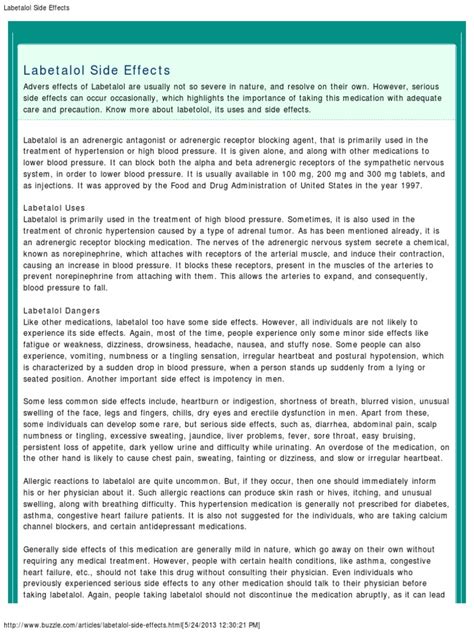
Common Labetalol Side Effects

Less Common Labetalol Side Effects
Less common labetalol side effects occur in a smaller percentage of patients but can be more severe. These side effects include orthostatic hypotension (a sudden drop in blood pressure when standing up), Raynaud's phenomenon (a condition that affects blood flow to the fingers and toes), and liver dysfunction. Patients experiencing these side effects should seek medical attention promptly to prevent complications and adjust their treatment plan as needed.Severe Labetalol Side Effects
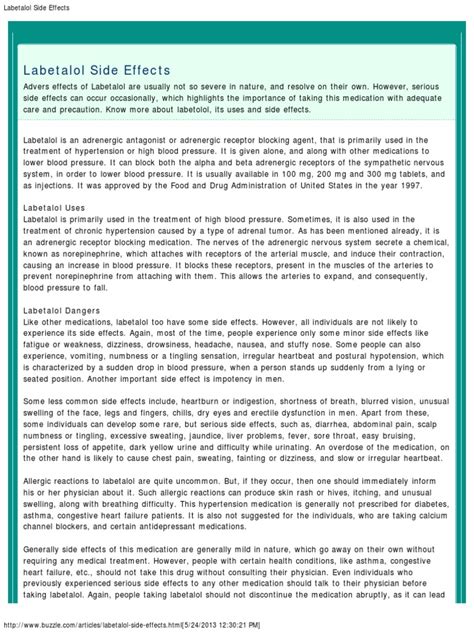
Managing Labetalol Side Effects
Managing labetalol side effects requires a comprehensive approach that involves lifestyle modifications, dose adjustments, and additional medications. Patients can take several steps to minimize the risk of side effects, including: * Taking the medication exactly as prescribed * Monitoring blood pressure and heart rate regularly * Avoiding standing for long periods or getting up quickly * Increasing fluid intake and practicing relaxation techniques * Reporting any side effects to the healthcare provider promptlyLabetalol Interactions
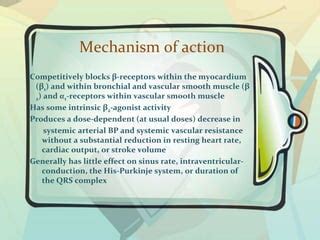
Labetalol and Pregnancy
Labetalol and pregnancy is a topic of concern, as the medication can cross the placenta and affect the fetus. While labetalol is sometimes used to treat high blood pressure during pregnancy, its use should be carefully monitored, and the benefits and risks should be weighed. Pregnant women taking labetalol should report any side effects or concerns to their healthcare provider promptly.Labetalol Overdose
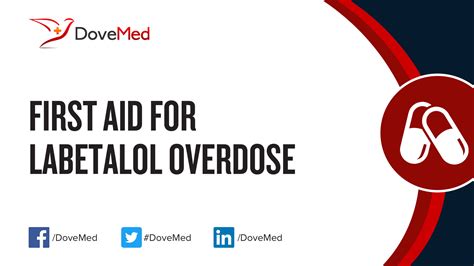
Labetalol Withdrawal
Labetalol withdrawal can occur if the medication is stopped abruptly or the dose is reduced rapidly. Symptoms of withdrawal include increased heart rate, blood pressure, and anxiety. To minimize the risk of withdrawal, patients should taper off the medication gradually under the guidance of their healthcare provider.Labetalol Dosage
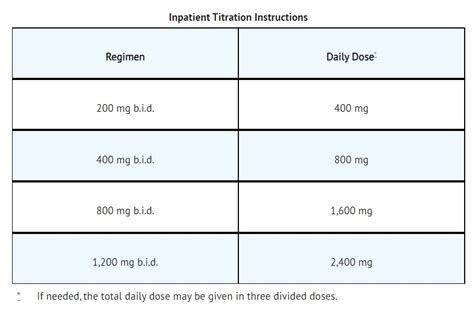
Labetalol Storage and Disposal
Labetalol storage and disposal require careful attention to prevent accidents and environmental contamination. Patients should store the medication in a cool, dry place, away from children and pets. Expired or unused medication should be disposed of properly, following the guidelines provided by the healthcare provider or local authorities.In conclusion, labetalol is a valuable medication for managing various cardiovascular conditions, but its use can be associated with a range of side effects. By understanding the potential risks and benefits, patients can take an active role in their treatment and work with their healthcare provider to minimize the risk of side effects. If you have any questions or concerns about labetalol, please do not hesitate to comment below or share this article with others who may benefit from this information.
What are the most common side effects of labetalol?
+The most common side effects of labetalol include dizziness, lightheadedness, fatigue, nausea, vomiting, and diarrhea.
Can labetalol cause severe side effects?
+Yes, labetalol can cause severe side effects, including anaphylaxis, Stevens-Johnson syndrome, and toxic epidermal necrolysis.
How can I manage labetalol side effects?
+Patients can manage labetalol side effects by taking the medication exactly as prescribed, monitoring blood pressure and heart rate regularly, and reporting any side effects to the healthcare provider promptly.
Can labetalol interact with other medications?
+Yes, labetalol can interact with other medications, including beta blockers, calcium channel blockers, and antiarrhythmic agents, and increase the risk of cardiovascular side effects.
What should I do if I suspect a labetalol overdose?
+If you suspect a labetalol overdose, seek emergency medical attention immediately.
